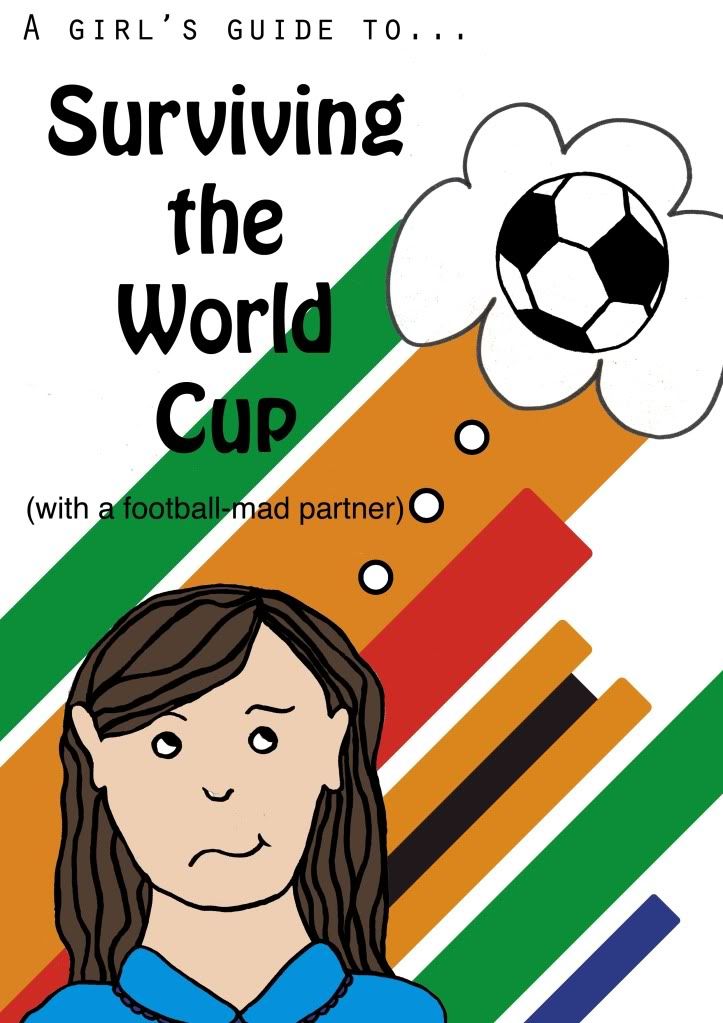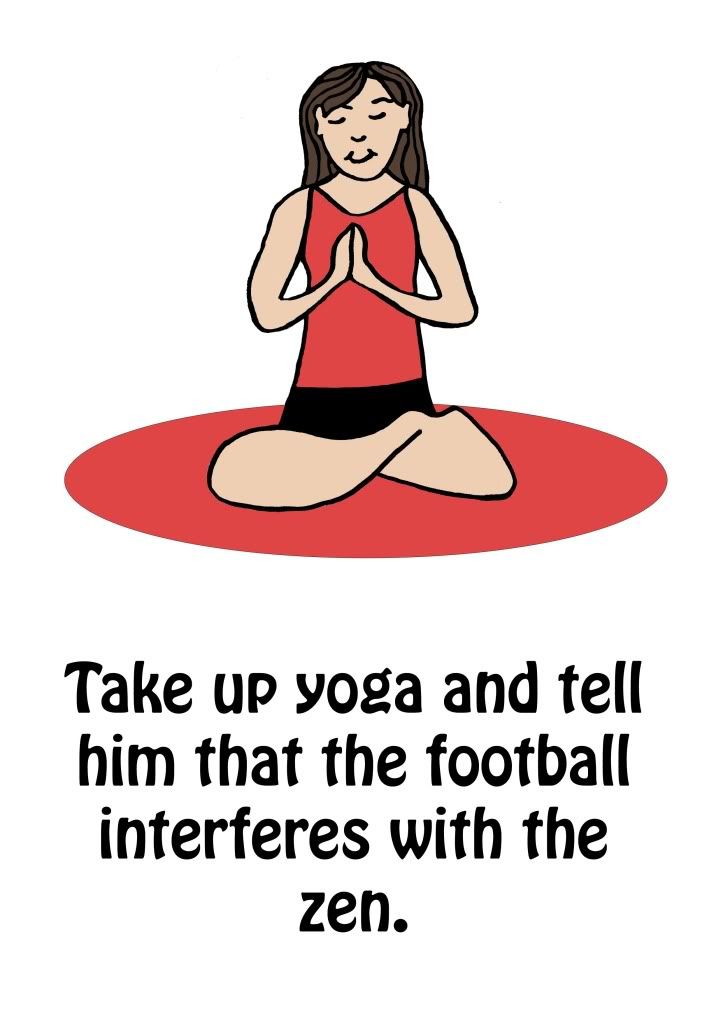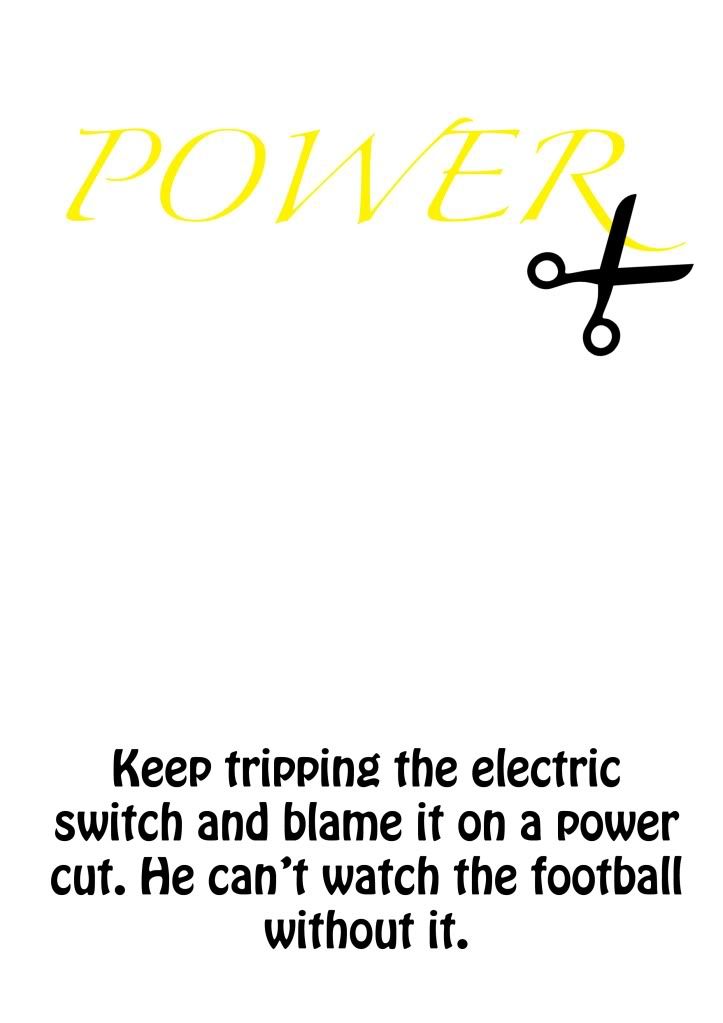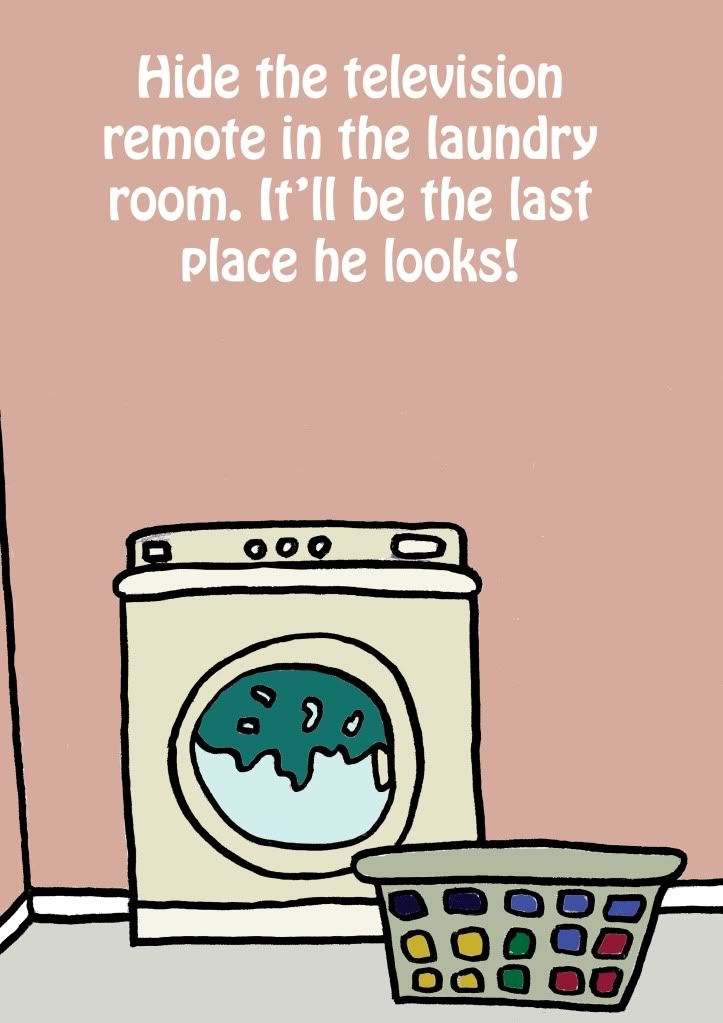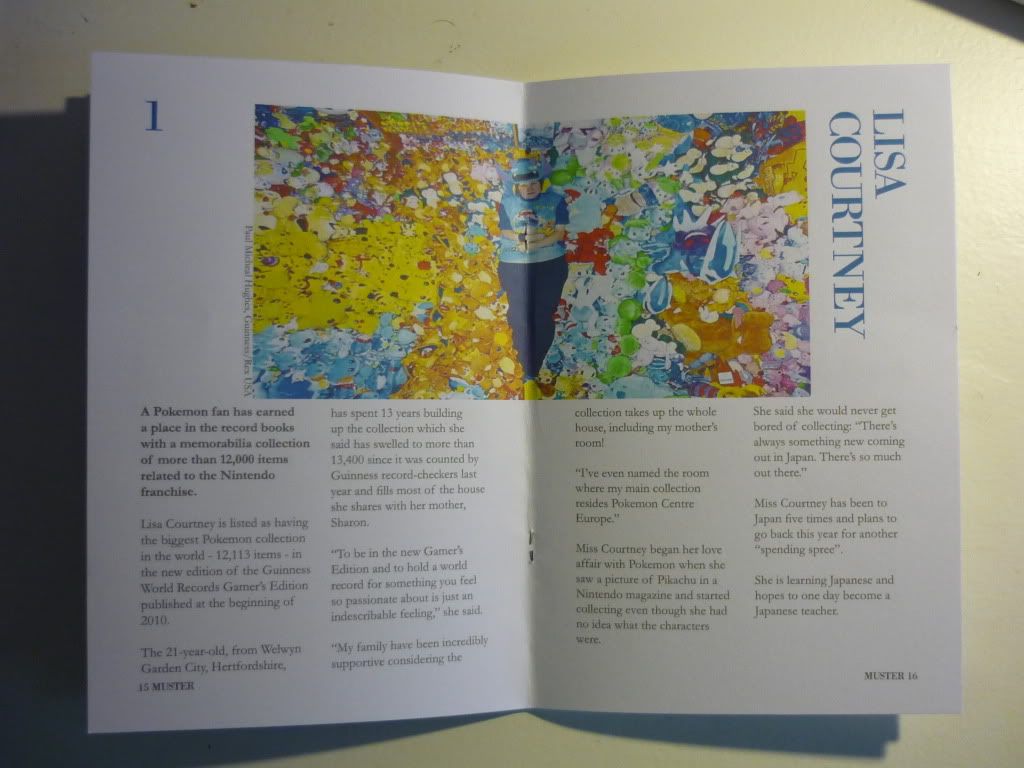Last Wednesday I blogged about the print handbook. Earlier this week my little delivery arrived and I finally have my hands on my own copy. I still believe that it is a really useful reference tool to have and definitely feel I got my £4's worth.
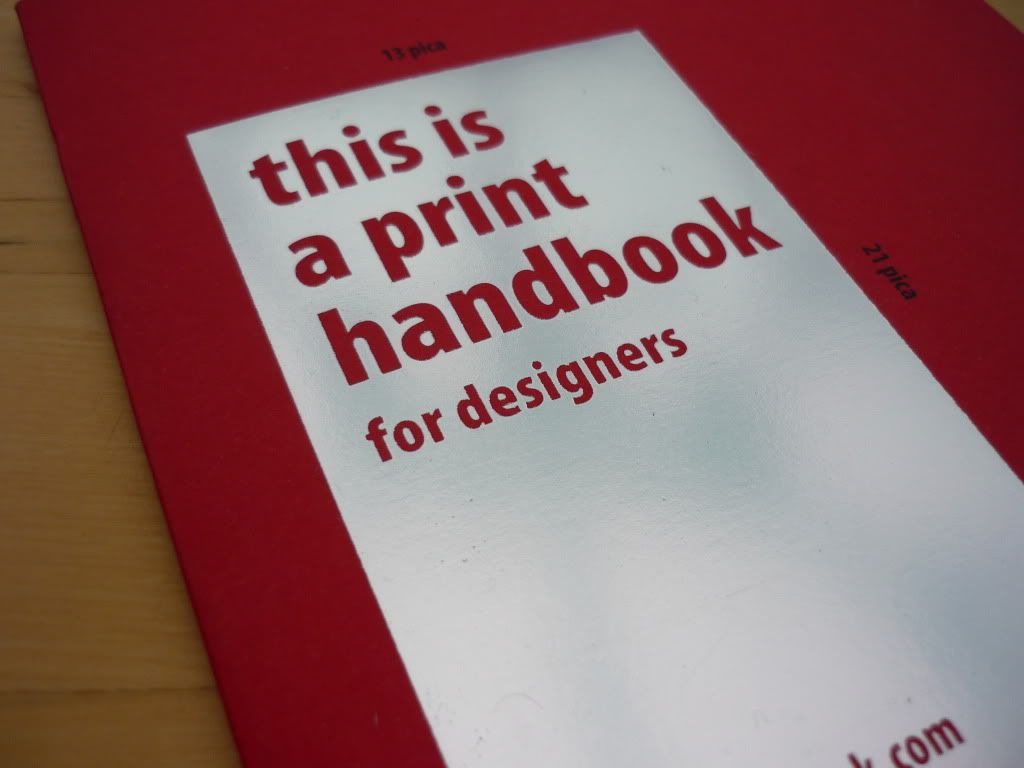 | 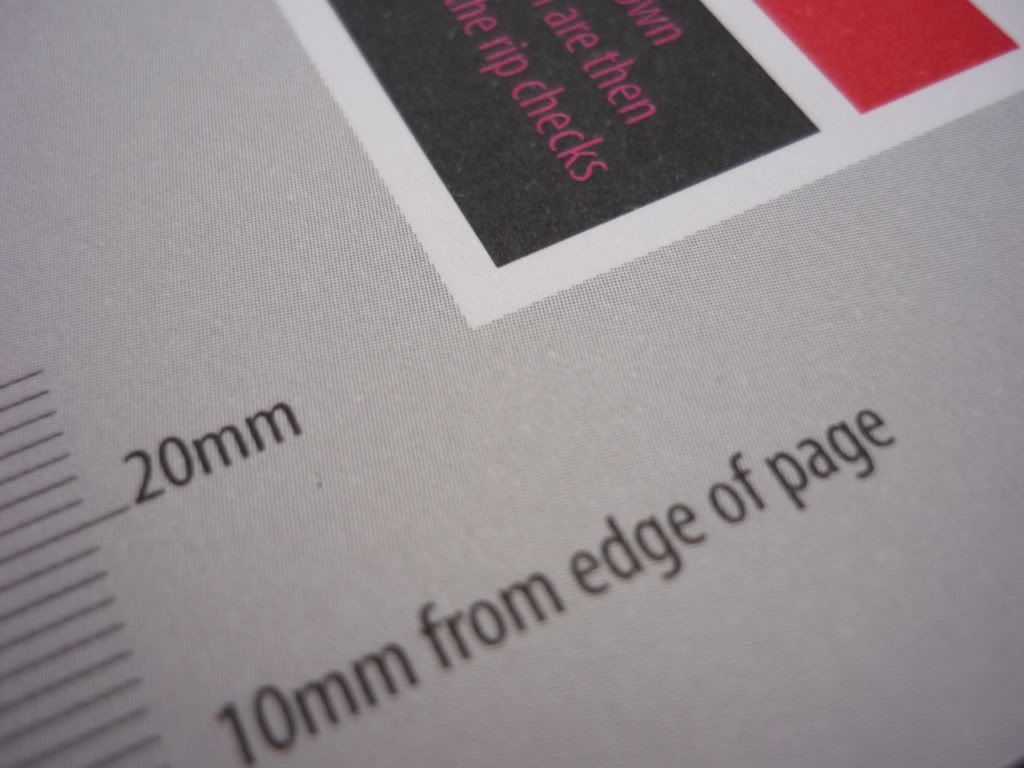 |
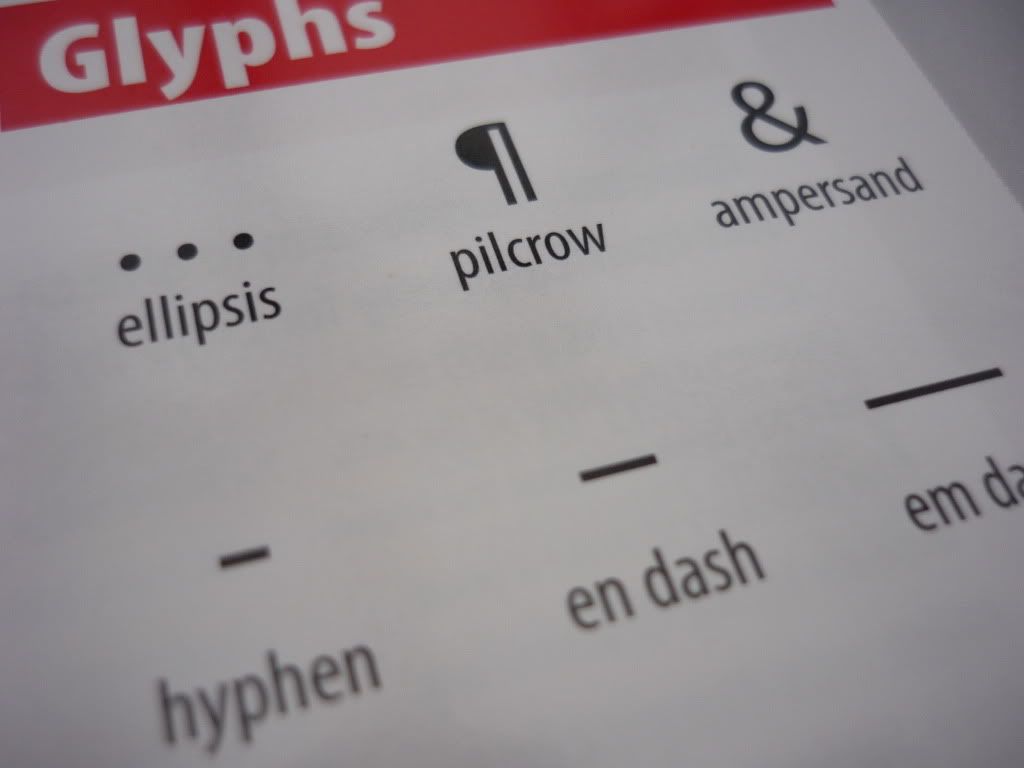 | 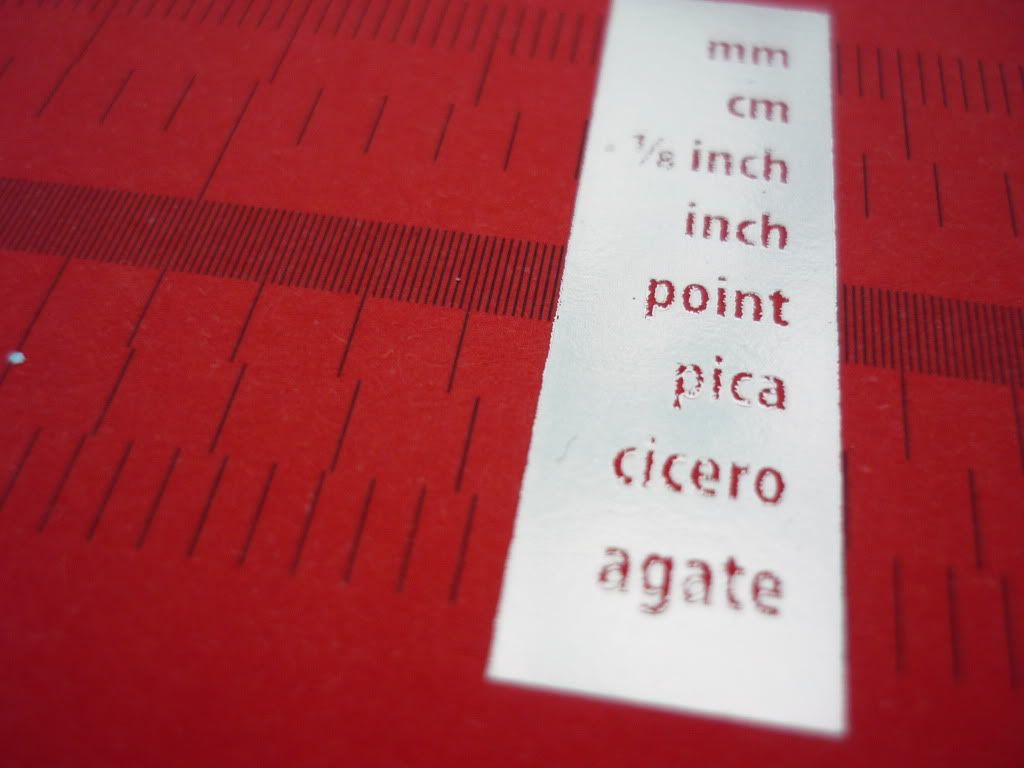 |
Along with the booklet, an extra bit of information regarding paper weight conversions and more fold types was thrown in on the back of my invoice.
You can follow the people that make this on Twitter (@printhandbook) where they post regular print tips.

